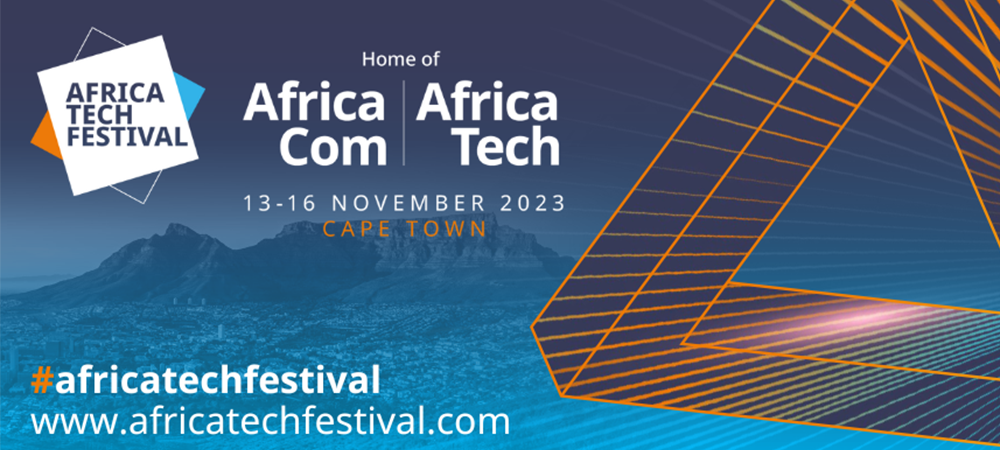Over the next three years, cloud, video and the Internet of Things are set to influence the industrial sector to an extent never before seen by the market. The increase in data traffic means that datacentres will have to invest in higher performance network architectures and in the consolidation of their infrastructures.
According to current international market studies, cloud applications are among the major driving forces set to force the evolution of datacentres. The number of companies using IT services from external datacenters is growing. Cloud datacentres are already responsible for 70% of IT work around the world. Private users are increasingly using the web and the corresponding datacentres for conducting business, and for transferring images and video.
In fact, studies have shown that around 91% of internet data traffic is related to the transmission of videos. Over the last year, global traffic handled by datacentres reached the barely imaginable volume of five Zettabytes. To put that into perspective, one Zettabyte is equal to about a trillion Gigabytes or the content of 250 billion DVDs which, if stacked, would reach a height of around 300,000 km.
As these trends continue to advance with no indication of a slowdown, consolidation, automation, and increases in efficiency are today some of the most important challenges relating to the operation of datacentres. Recognising this need, cabling vendors are now bringing innovative solutions to market such as highly compressed platforms for fibre optic cabling. This will put datacentres in a position to increase the number of plug connections in a network cabinet by two thirds. To control cost while supporting increasing data volumes, organisations will have to invest in such new scaling options to ensure significant optimisation of space utilisation and efficiency in their datacentres.
The industrialisation of datacentre operations will also require organisations to leverage new systems for automation. In the near future, datacentres with large numbers of plug connections will no longer be able to handle them all without Automated Infrastructure Management AIM. Deploying an AIM solution will soon be fundamental to facilitating the management of the passive infrastructure and organisations can leverage such solutions to eliminate stranded capacity, facilitate end-to-end analysis and agile infrastructure management, and aid predictive analysis and dynamic infrastructure.
The latest developments, such as the dramatic increase in the private use of action cameras and cell phones with extremely high resolution, allow data traffic to keep on growing. They enable functions such as the transfer of live pictures via the internet and cellular phone networks. We also now have the Internet of Things, which is moving from being a buzzword to actual real-world deployment.
Today, around nine billion things are connected to the internet, transmitting data constantly. Other estimations suggest there are in fact 25 billion pieces of terminal equipment, including surveillance cameras, industrial robots and robotic vacuum cleaners, agricultural machinery, aircraft engines, electric cars, living room thermostats, smartphones, fitness bracelets, and many more. Various predictions suggest there will be up to 30 billion things online in 2020.
According to a McKinsey study, a smart home will operate between 50 and 100 online applications in the future. The cameras on a self-driving car will collect hundreds of Gigabytes of traffic data per hour and will exchange this data with servers in the cloud in order to make it useful for other road users. The connectivity of the end devices is often based on WiFi or cellular phone networks. However, almost all the antennas required for this need to be connected via cable to broadband networks, which now must in turn be further expanded. This supports the case for higher performance cabling in this age of digitisation of production environments, services, buildings, and public and private spaces.
In the end, most data from the Internet of Things will end up back in datacentres, which must enhance their infrastructures accordingly and provide networks that are available permanently. It is a growth spiral.
The right response to these developments is modular, robust cabling technology that is flexible in its use and intuitive in its installation. The less complicated these connections are, the easier it will be for the Internet of Things to grow. At the end of the day, seamless, secure connectivity is a fundamental requirement if we are to truly benefit from the Internet of Things.
Andreas Rüsseler, CMO at R&M.
Click below to share this article






